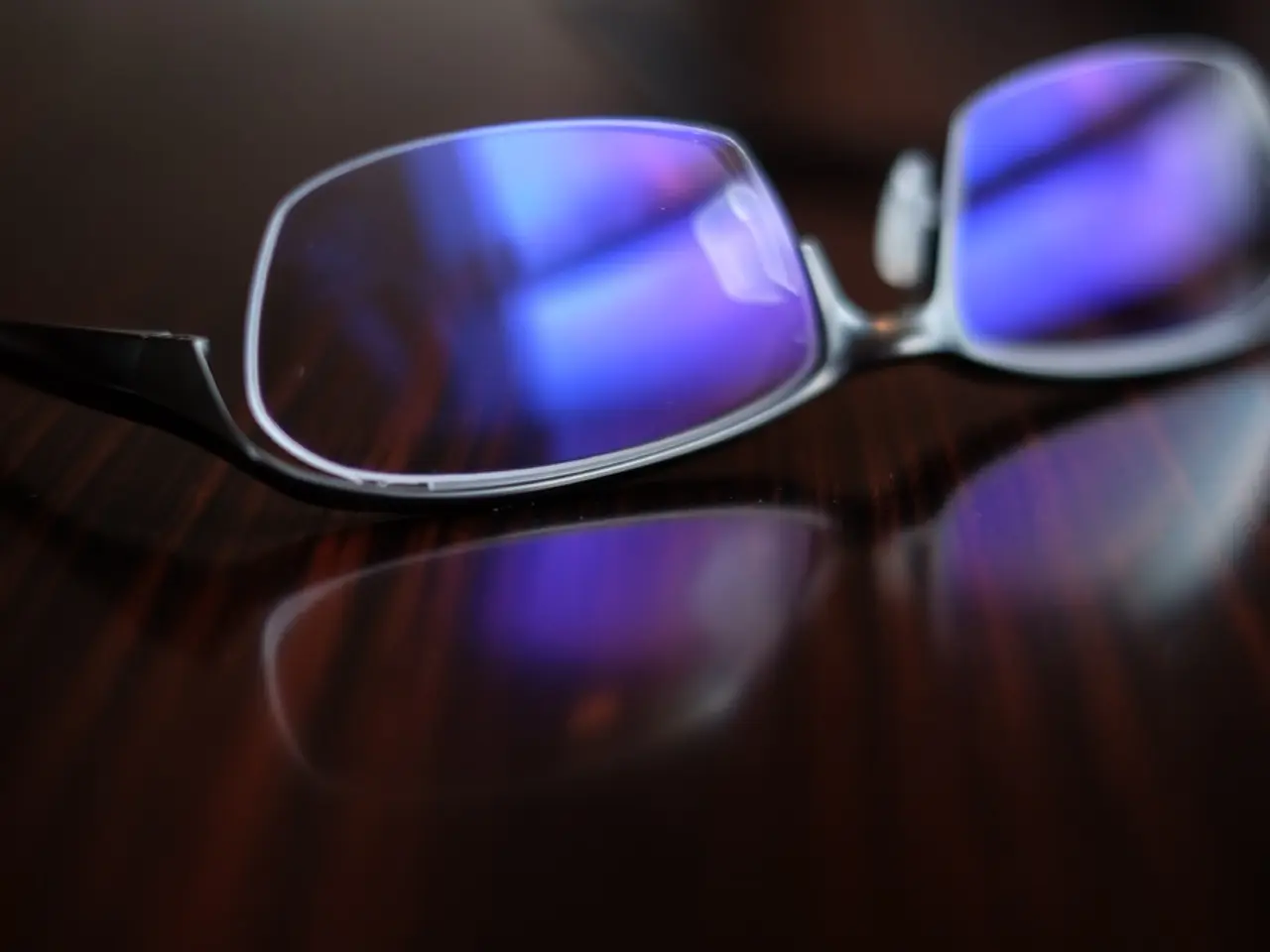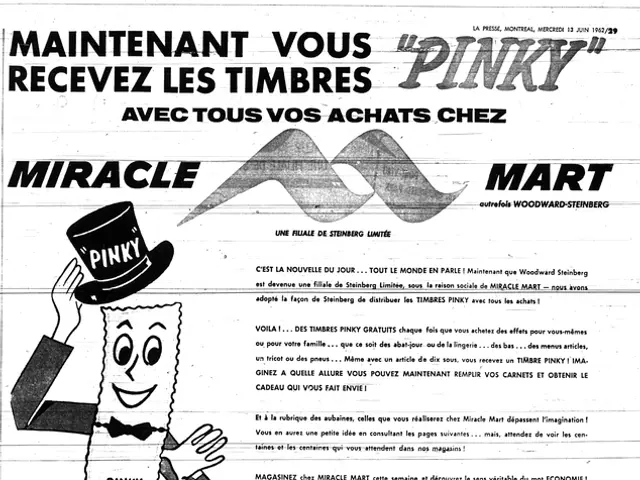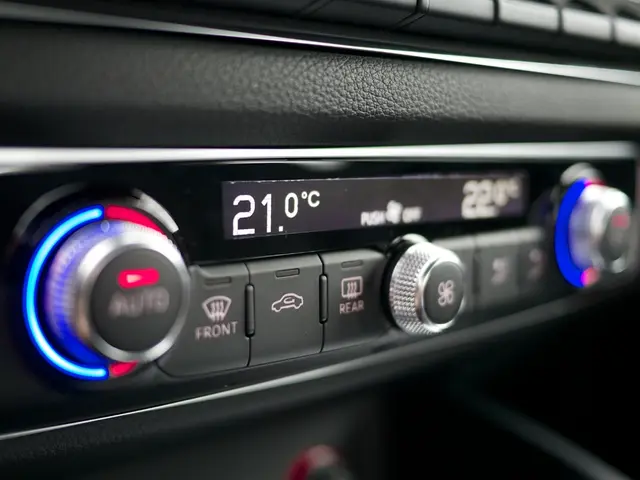Selecting Optimal Telescope Eyepieces
Choosing the Right Telescope Eyepieces: A Guide for Stargazers
High focal ratio telescopes (over f/6) tend to be less demanding on eyepieces, making them a popular choice for stargazers. In this article, we'll explore the world of telescope eyepieces, from budget-friendly options to premium picks, and provide some guidance on how to select the right ones for your needs.
Budget-Friendly Eyepieces
For those just starting out in astronomy, entry-level scopes often come with basic sets of eyepieces. The Celestron FirstScope 76, for instance, includes two eyepieces (20mm and 4mm) that provide low and high magnifications sufficient to see lunar craters and Saturn’s rings. These are suitable for casual or young stargazers.
Mid-Range Eyepieces
Moving up the ladder, mid-range options like Baader Planetarium’s Classic Ortho eyepieces offer a good balance of performance and price. A common set includes eyepieces of 6mm, 10mm, 18mm, and 32mm focal lengths, plus a 2.25x Barlow lens. This allows for a wide range of magnification for both planetary and deep-sky observing.
Premium Eyepieces
For serious observers, Baader Morpheus eyepieces are recommended. These provide a wide 76º apparent field of view, long 20mm eye relief, rich color, sharp stars, and flat images even on fast telescopes. They come in many focal lengths (4.5mm to 17.5mm), making them ideal for immersive stargazing and fine detail observations.
Choosing Your Eyepieces
The choice of eyepieces depends on your telescope type, intended use (planets, deep-sky, wide field), and eye relief preference. Many users start with a standard set then upgrade selectively.
It's important to consider the exit pupil, which is the diameter of the light beam exiting the eyepiece, typically measured in millimeters (mm). Our eyes can't dilate much over 7 mm (or 6mm if you're elderly), so any light beyond this exit pupil size is essentially wasted. If you are a glasses wearer and plan to keep your glasses on while you are observing, then you will likely want eyepieces with at least 17 mm of eye relief.
The formula for calculating the exit pupil is: focal length of eyepiece / telescope focal ratio (or aperture of telescope in mm / magnification). This, along with the formula for true field of view (Apparent field of view eyepiece / magnification), can help you make informed decisions about your eyepiece selection.
In summary, whether you're a beginner or an advanced observer, there's a telescope eyepiece out there for you. By considering your budget, intended use, and eye relief preferences, you can make an informed decision and enjoy the wonders of the universe through your telescope.
- High focal ratio telescopes are popular among stargazers due to their less demanding nature on eyepieces.
- For beginners in astronomy, entry-level scopes usually come with basic sets of eyepieces, like the ones included in the Celestron FirstScope 76 (20mm and 4mm).
- As you progress in your stargazing, mid-range options such as Baader Planetarium’s Classic Ortho eyepieces offers a balance of performance and affordability with eyepieces of varying focal lengths and a Barlow lens.
- Serious observers might prefer Baader Morpheus eyepieces, known for their wide 76º apparent field of view, long eye relief, rich color, and sharp stars.
- When selecting eyepieces, consider factors like telescope type, intended use, and eye relief preference, as many users start with a standard set and upgrade selectively.
- It's important to examine the exit pupil, which is the diameter of the light beam exiting the eyepiece, typically measured in millimeters (mm).
- For glasses wearers observing with eyepieces, at least 17mm of eye relief is recommended to ensure comfort.
- Utilize formulas to calculate exit pupil (focal length of eyepiece / telescope focal ratio) and true field of view (Apparent field of view eyepiece / magnification) to make informed decisions about eyepiece selection and fully appreciate the wonders of the universe through your telescope.







